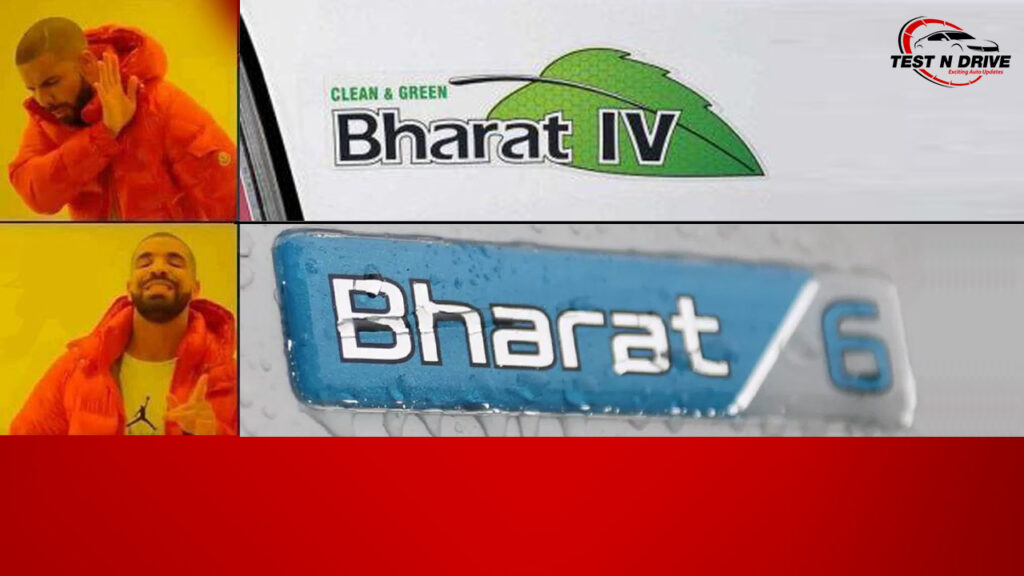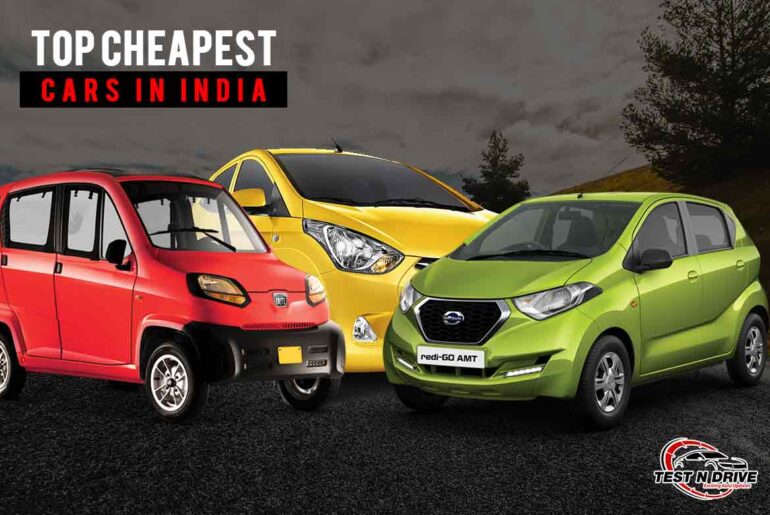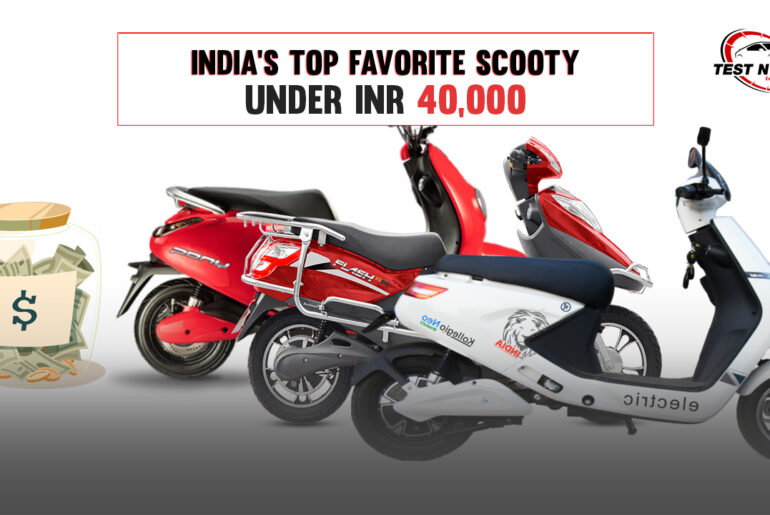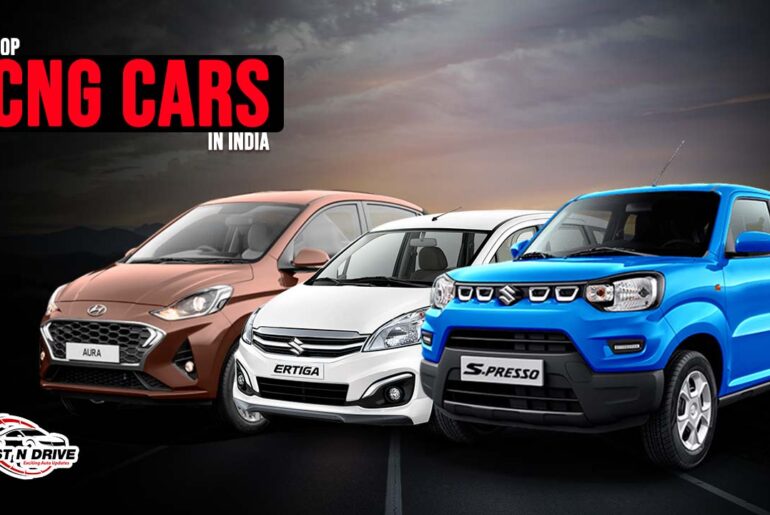The Indian government has enacted Bharat Stage Emission Standards regulations to control cars and two-wheelers (BSES) emissions. According to the Central Government, all vehicle manufacturers from April 1, 2020, both two-wheelers and four-wheelers, must produce, sell, and register only BS6 (BSVI) vehicles. In about seven months, India will fully implement the more rigid BS6 emission standards. The country’s auto industries will mark the most prominent technological leap towards cleaner air due to the difference between BS4 and BS6. The decision to skip BS5 was made not only in record time – about three and a half years – but also under intense pressure, as both the oil firms and the car industry worked tirelessly to meet the April 2020 deadline.
However, not all manufacturers have made this transition quickly enough, resulting in the phase-out of several models and powertrains. It has also come at a high price, which will be eventually passed on to consumers. So naturally, the discussion surrounding the change has posed many concerns and perplexed many car buyers. First, however, we’ll break it down for you and tell you precisely the difference between bs4 and bs6 engines that you need to know.
The Health and Environmental Consequences of high Pollution Levels:
Vehicle-Generated Air Pollution in India
Government agencies in India assess the emissions released by vehicles. They use the Air Quality Index (AQI) to measure pollution levels in cities. The AQI measures emissions using the following criteria:
- Sulfur Dioxide (SO2)
- Nitrogen Oxide (NO2)
- Carbon Monoxide (CO)
- Particulate Matter (PM)
- Ozone (OZ)
The following are some of the health consequences of high pollution levels:
- Respiratory and heart ailments
- Cancer
- Throat and lung infections, asthma
- Lowered alertness
- Lethargy
- Itchy eyes
- Anaemia
- Kidney ailments
Effects of pollution on the environment:
- Global warming
- Contamination of air, soil, and water
- Acid rain and smog
- Exhaustion of fossil fuel, the source for petrol and diesel.
What is BS4 and BS6?
Let’s look at the current BS4 emission standards, the engine’s efficiency, and its significance before getting to BS6 standards or BS6 compliant engines.
Bharat Stage Emission Standards (BSES), the country’s governing body, controls pollutant emissions from vehicles on the road. The Central Pollution Control Board, part of the Ministry of Environment, Forests, and Climate Change regulates vehicle emissions in India.
In 2000, the BSES, the country’s regulatory body for emissions standards for all types of vehicles, adopted the first emission standards known as “India 2000”. The BS2 and BS3 emission standards were introduced in 2005 and 2010, respectively.
What is BS4 (BSIV) Engine?
In 2017, seven years after the first three, the BS4 standard was introduced and included tighter emission standards. Electronic Control Unit (ECU), ignition control, Tailpipe, emissions, and other emission-related amendments were among the regulations imposed by the governing body. The most noticeable change was the AHO (Automatic Headlamp On), an element of BS4 standards that addressed with safety issues of the current emissions standards.
What is BS6 (BSVI) Engine?
The BS6 emission standard is the sixth version of the emission standard, and it represents a significant reduction in emissions compared to the previous BS4. It is also because the BS5 (BSV) has been omitted to transition to more stringent emission standards.
How Will Cars Be Made BS6-Compliant?
In general, automakers take a two-pronged approach, focusing on both the engine and the after treatment. For example, a more refined combustion chamber and fuel injector configuration can simplify the combustion process and result in finer fuel atomization in terms of in-cylinder improvements. On the other hand, exhaust treatment systems prevent the release of contaminants such as PM and NOx.
Particulate filters are used in direct-injection petrol and diesel engines to minimize PM or soot released into the atmosphere. In addition, a Lean NOx Trap (LNT) or a Selective Catalytic Reduction (SCR) system is used to reduce NOx emissions, which is a problem with diesel engines in particular.
LNT operates by separating NOx material from exhaust gases, as the name implies. On the other hand, SCR reduces nitrogen-oxide emissions by injecting a water-based urea solution (Ad Blue) into the exhaust flow. Unfortunately, SCR’s complex and costly setup, though more powerful than LNT, limits its implementations.
Difference Between BS4 and BS6 Engines:
Both BSIV and BSVI are pollution standards that establish the maximum levels of contaminants released from a vehicle’s or two-exhaust. Wheeler’s BS6 emission requirements are more stringent than BS4. Although manufacturers will use this move to upgrade their cars with new features and safety requirements, the most critical change will be tighter emission standards.
| Fuel Type | Pollutants gases | BS4 | BS6 |
| Petrol Passenger Vehicle | Nitrogen Oxide (Nox) Limit | 80 mg | 60 mg |
| Particulate Matter(PM) Limit | <4.5 mg/km | ||
| Nitrogen Oxide(Nox) Limit | 250 mg | 80 mg | |
| Diesel Passenger Vehicle | Particulate Matter (PM) Limit | 25 mg/km | 4.5 mg/km |
| HC+NOX | 300 mg/km | 170 mg/km |
Pollution Emission Norms ( BS4 vs. BS6 ):
The Indian government has accelerated the implementation of the BS6 emission standards until April 1, 2020, to protect the environment and resolve growing concerns regarding global warming. As a result, rather than going from BS4 to BS5, BS4 to BS6 was made. The following are the distinctions between BSIV and BSVI emission standards:
- Compared to the BSIV or BS4 emission norms, BSVI or BS6 is the sixth emission benchmark or criterion for reducing pollution levels. Both are maximum emission standards that determine the number of emissions emitted by a vehicle’s exhaust.
- While the BS4 emission standards allow a vehicle to emit no more than 80 mg/km of NO2, the BS6 emission standards limit it to 60 mg/km. In the BS6 emission regime, Particulate Matter (PM) for petrol vehicles limits to 4.5 mg/km.
- The emission cap has been significantly decreased under the BS6 standard. While the BS4 emission standard for NOx from diesel vehicles is 250 mg/km, the BS6 emission norm is 80 mg/km. As a result, the HC+NOx level in the BS4 was reduced from 300mg/km to 170mg/km, while the PM level was reduced from 25mg/km to 4.5mg/km.
A Few More Details:
- The BS6 emission standard applies not only to automobiles but also to the gasoline that is dispensed. Sulphur and nitrogen oxide are essential components of gasoline and diesel. The BS6 fuel contains less Sulphur and NOx than the BS4. Although BS4 fuel has a Sulphur content of 50ppm, BS6 fuel has a Sulphur content of 10ppm, which is five times lower. The allowed amount of nitrogen oxide has been reduced by 70% for diesel engines and 25% for gasoline engines, respectively.
- When the BS6 standard goes into effect on April 1, 2020, BS6 fuel will be available at all gas stations throughout the country. In BS4 vehicles, BS6 fuel can be used.
- Sulphur is essential for proper lubrication within the engine; however, the Sulphur content of BS6 fuel is lower than that of BS4 fuel. Additives that function as lubricants are used to remedy this.
- Selective Catalytic Reduction (SCR) and Diesel Particulate Filter (DPF) were included in the BSVI emission norms to determine the emission rate of the BS6 motor vehicle; however, this was not included in the BS4 emission norms.
- The BS6 norms include Real Driving Emission (RDE), which ensures that the emission from a motor vehicle is measured in real-time. The BS4 standards did not have this.
- The Onboard Diagnostic (OD), which was not mandated in the BS4 norms, is another addition to the BS6 norms.
- Due to higher levels, a BS6 vehicle using BS4 fuel will not meet the necessary emission norms. As a result, a BS6 vehicle must only use BS6 fuel to meet the required emission standards.
What are the emission norms BSI, BSII, BSIII, BSIV, and BSVI?
These are emission standards by the government’s Bharat Safety Emission Standard (BSEB) to control pollutant emissions from vehicles on the road. The Central Pollution Control Board, which is part of the Ministry of Environment, Forestry, and Climate Change, establishes allowable pollution thresholds and a timetable for vehicle manufacturers to comply.
Bharat Stage is the abbreviation for Bharat Stage and the iteration of the specific pollution norms suffixes it. The Indian emission standards are modelled after European standards such as EURO 2, EURO 3, etc. The first rules, known as India 2000, were implemented in 2000, with the second and third iterations, known as BSII (BS2) and BSIII (BS3), being introduced in 2001 and 2005, respectively.
The fourth version, BSIV or BS4, came in 2017, and the gap between the introductions of BS3 and BS4 led to the BSVI or BS6 emission standards getting priority over BSV or BS5 standards. As a result, compared to its predecessors, each emission standard has higher emission standards.
| Emission Standards | Reference | Year of Introduction |
| India 2000 | EURO 1 | 2000 |
| BS2 | EURO 2 | 2005 |
| BS3 | EURO3 | 2010 |
| BS4 | EURO 4 | 2017 |
| BS5 | EURO 5 | |
| BS6 | EURO 6 | 2020 |
Impact of BS6 on CNG Cars:
To use CNG in BS6 cars, car manufacturers will need to make slight improvements or modifications to their diesel and petrol engines. It’ll only be a matter of time before manufacturers in the country start selling CNG-compliant BS6 engines. CNG-powered BS6 cars or trucks may be a stopgap measure before electric and hybrid vehicles are widely available.
How Do BS6 (BSVI) Work for Diesel Engines?
With the aid of a catalyst, the Selective Catalytic Reduction (SCR) unit transforms nitrogen oxide (NOx) into diatomic nitrogen and water (both harmless products). To minimize NOx emissions, the SCR unit uses Ad Blue or diesel exhaust fluid. There are two components of this fluid: urea and deionized water. As exhaust gases come into contact with Ad Blue solvent, urea is converted to ammonia and carbon dioxide, transforming NOx to nitrogen and water vapor, reducing pollution.
In smaller passenger cars, Ad Blue will be filled into a 10-litre tank. Ad Blue is currently offered at a premium by distributors; but, with the rapid rise in sales of BS6 diesel engines, the price of Ad Blue is expected to fall.
List of BS6 Cars Available in India
After April 1, 2020, the government has required that all vehicles produced and sold after that date be BS6 compliant. As a result, in India, car manufacturers have begun to introduce BS6 vehicles. The following is a list of BS6 cars currently on the market in India:
| BS6 Cars and 2 Wheelers | |
| Sedan Cars | Scooters |
| Maruti Suzuki Dzire | Honda Activa 125 |
| Hyundai Elantra | Honda Activa 6G |
| Mercedes Benz E-Class | Honda Activa 125 BS6 |
| Audi A6 | BS6 TVS Jupiter |
| Honda City | BS6 Two-Wheelers |
| Hyundai Aura | Hero Splendor iSmart 110 |
| BS6 Hatchback Cars | Honda SP 125 |
| Maruti Suzuki Alto 800 | Yamaha FZ V 3.0 |
| Maruti Suzuki S-Presso | Yamaha FZ S V 3.0 |
| Hyundai Grand i10 Nios | Jawa Perak |
| Maruti Suzuki Swift | Royal Enfield Classic 350 BS6 |
| Maruti Suzuki Wagon R 1.2-litre | KTM 390 Duke |
| Maruti Suzuki Baleno | KTM 250 Duke |
| Toyota Glanza | Harley Davidson Street 750 |
| Tata Tiago | TVS Star City Plus |
| Maruti Suzuki Celerio | Hero Passion XPro |
| Tata Altroz | Jawa |
| Hyundai Santro | KTM 390 Adventure |
| BS6 SUVs | BS6 Suzuki Access 125 |
| Kia Seltos | Yamaha FZS-FI V3 BS6 |
| Jeep Compass | TVS Apache RTR 160 BS6 |
| Toyota Innova Crystal | Royal Enfield Himalayan BS6 |
| BS6 Crossover Cars | Yamaha YZF R15 V3 BS6 |
| Maruti Suzuki XL6 | Honda SP 125 |
| S-Presso | BS6 TVS Apache RTR 160 4V |
| Tata Nexon | Hero HF Deluxe BS6 |
| Mahindra XUV 300 | Hero Splendor iSmart BS6 |
| Ford Eco Sport | Jawa 42 |
| TATA Harrier | Yamaha Fascino 125 |
Upcoming BS6 Cars in India:
Indian automakers are equipping their vehicles with BS6-compliant engines and launching them in the country. There will also be new vehicles with BS6 engines available. The following is a list of upcoming BS6 cars in India: Honda WR-V
- Volkswagen Jetta
- New Mahindra Thar
- New Mahindra Scorpio
- Mahindra Bolero
- Honda Jazz
- Mahindra TUV300 Plus
- All New Honda City
- MG Hector Plus
- Mercedes-Benz CLA
- Jaguar I-Pace
- Hyundai Tucson
Upcoming BS6 Bikes in India:
Bike manufacturers are introducing new models in addition to updating their bikes to BS6 standards. The following is a list of upcoming BS6 motorcycles in India:
- Honda Livo
- Honda CBF 500
- Bajaj Pulsar 150 NS
- Suzuki V-Strom 250
- TVS Scooty Zest
- TVS Victor
- Royal Enfield Meteor
While the auto industry has done its part to ensure compliance with the BS6 standards, the government now has the responsibility of expediting the vehicle scrappage scheme, which will remove vehicles that do not meet existing emission and safety standards from the road. This is the best way to ensure that the benefits of newer emissions-compliant vehicles aren’t offset by older, less efficient vehicles. Hope now you are aware of the difference between BS4 and BS6 Engines, you might like to read about the best low maintenance cars in India.






